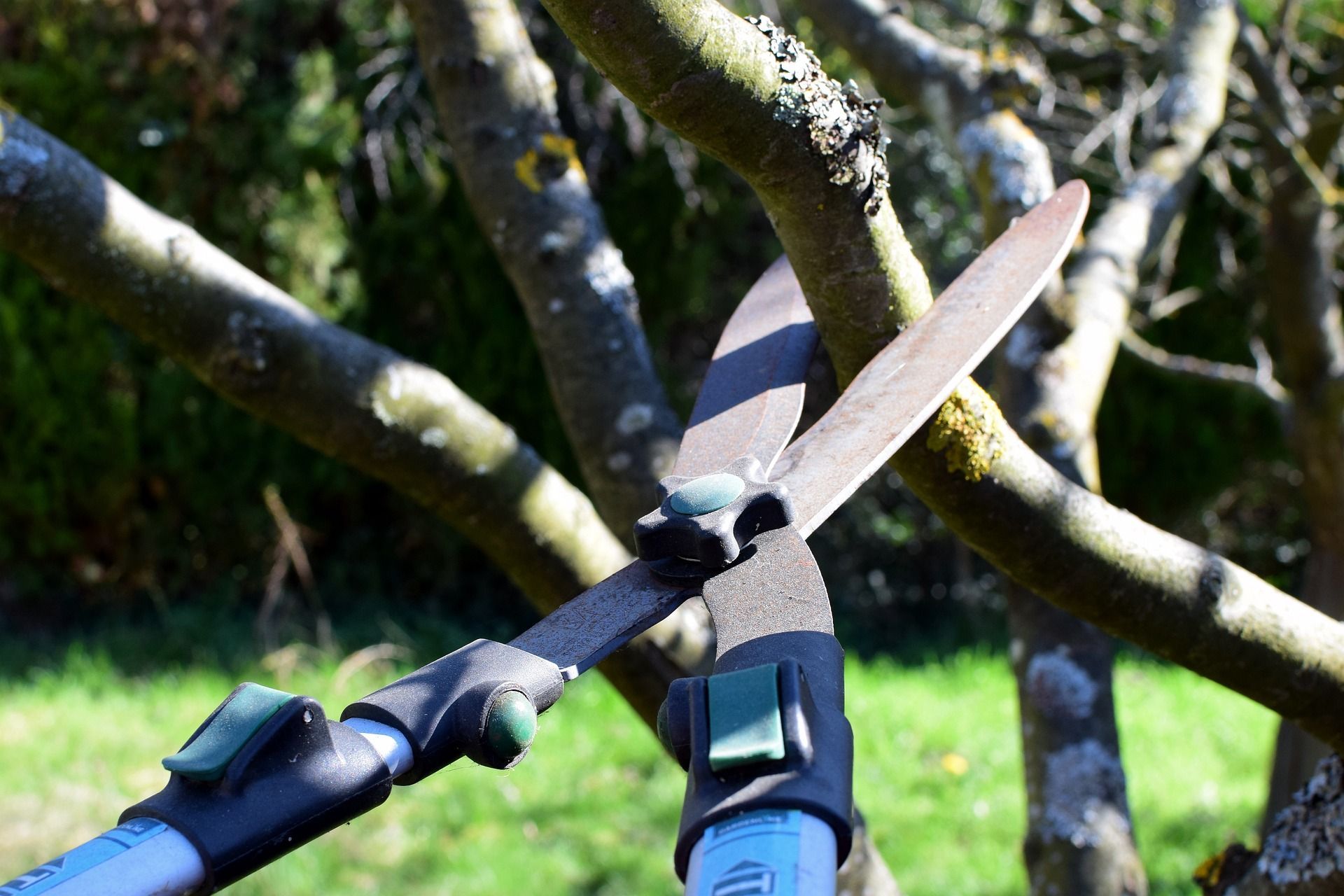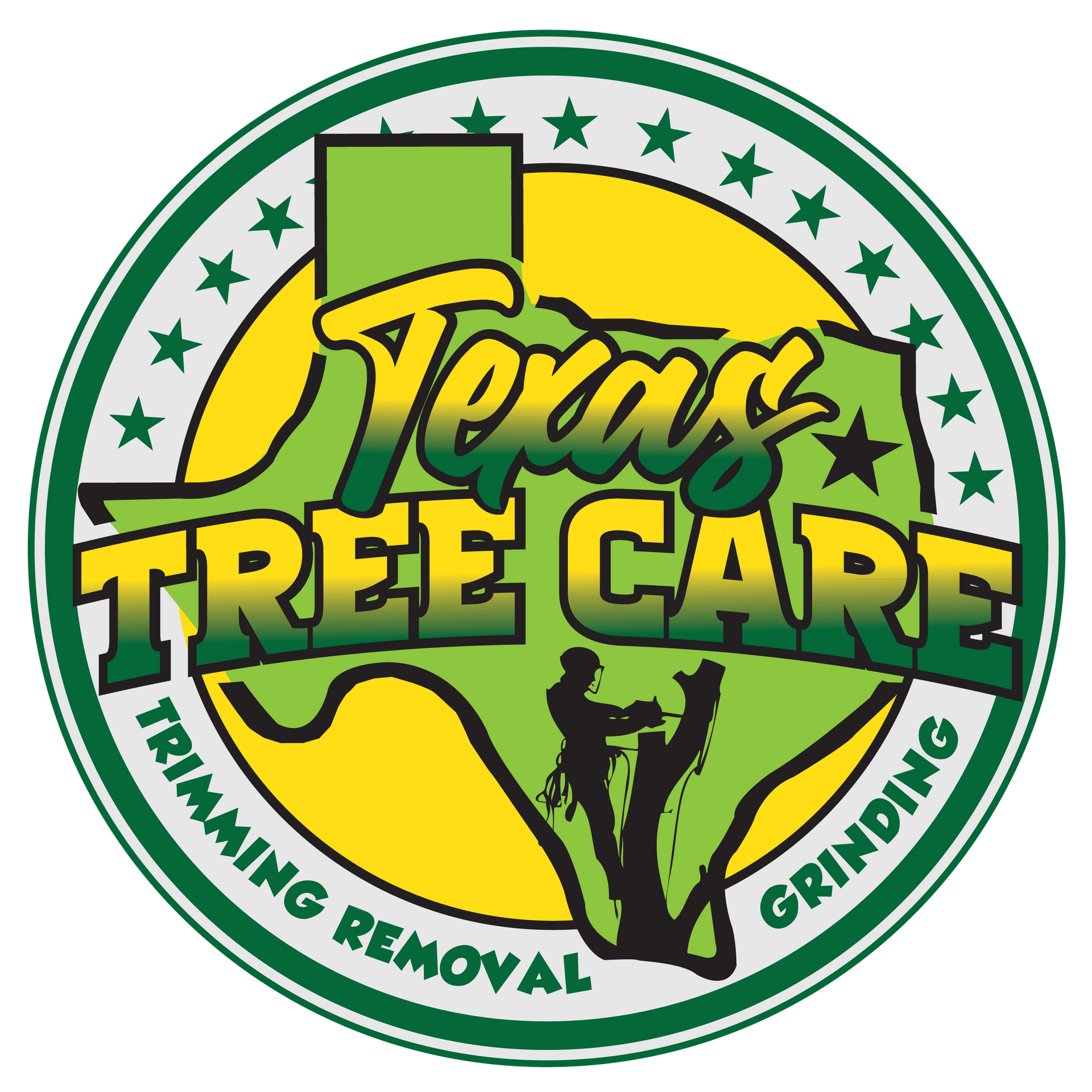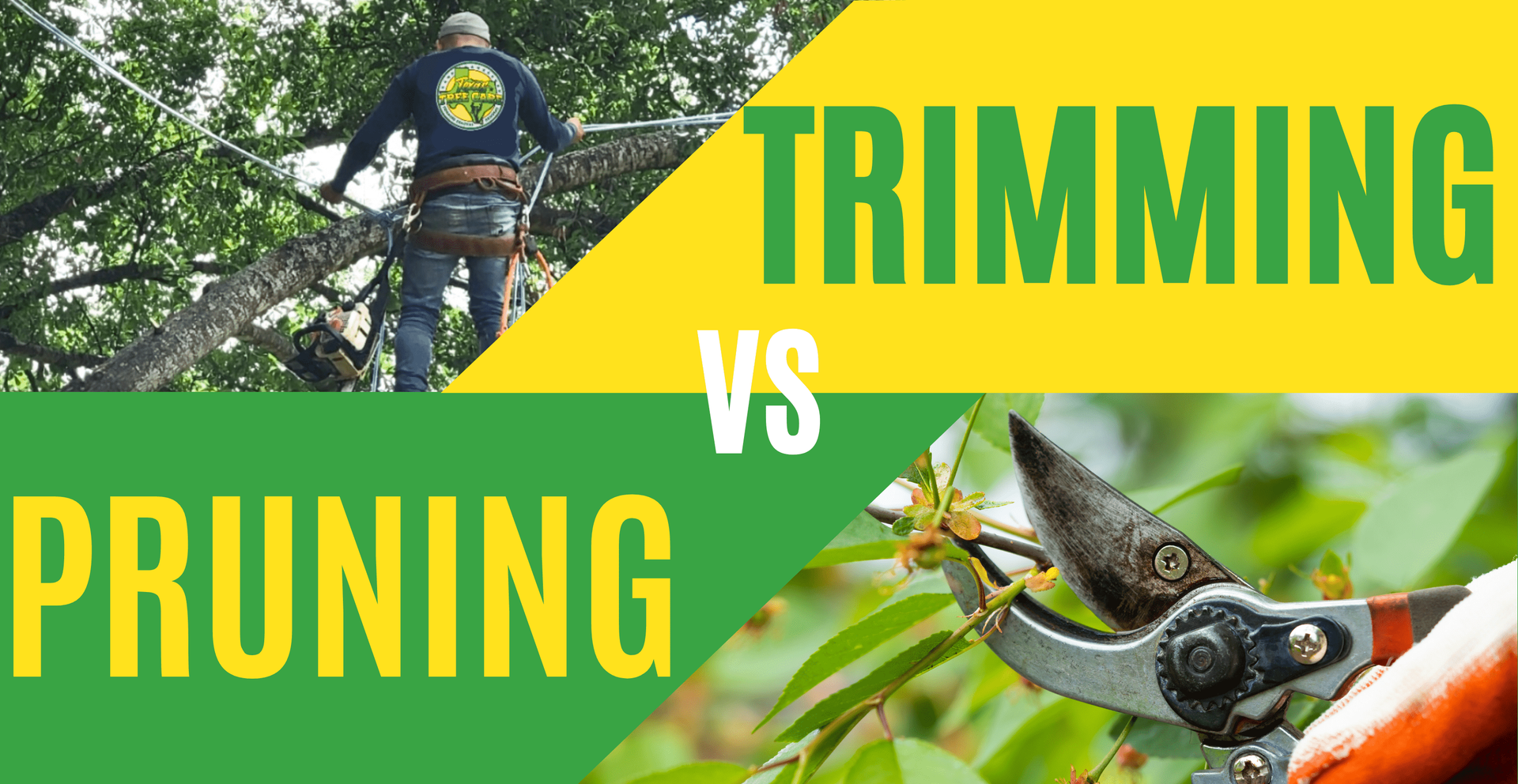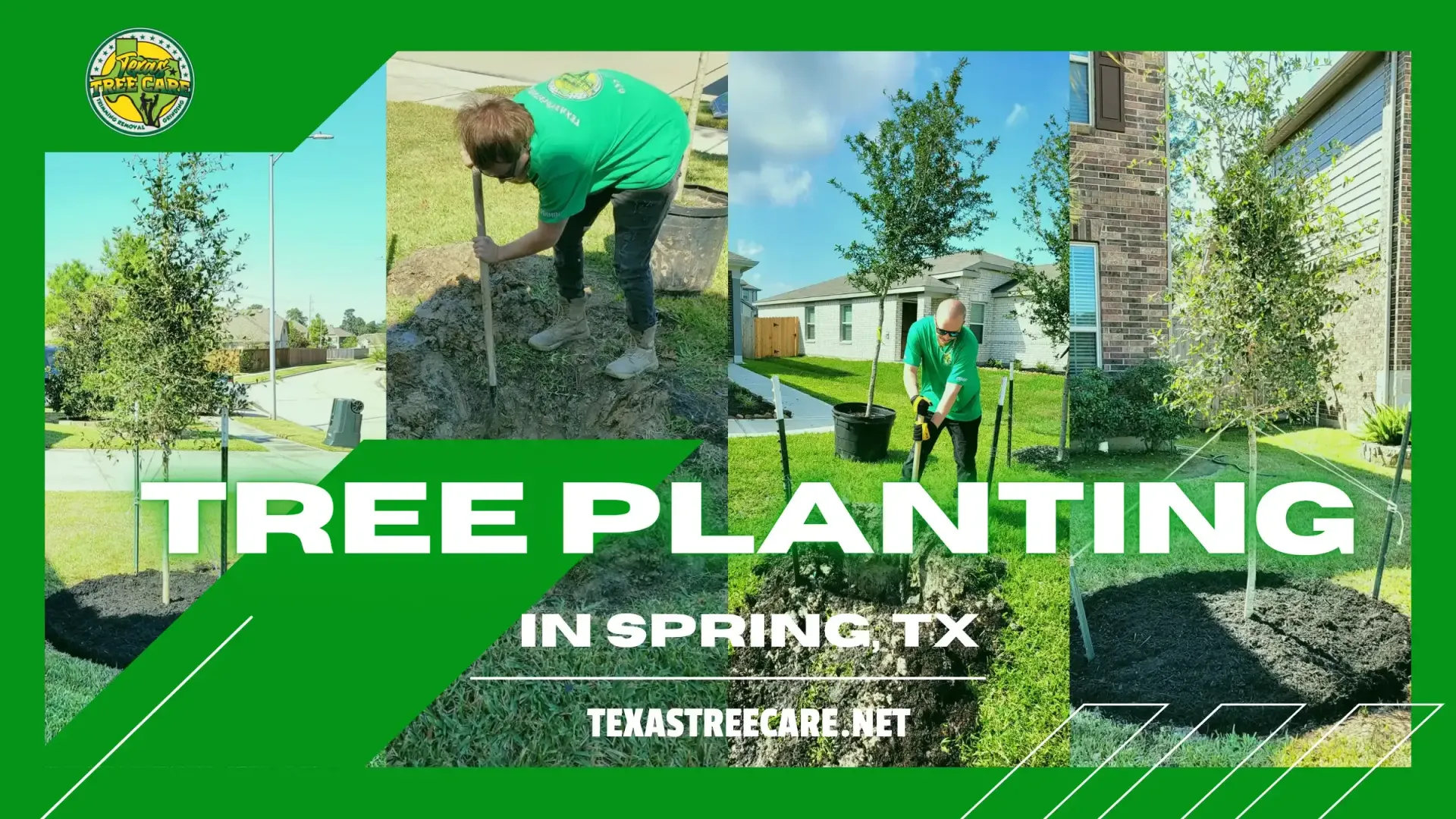What's The Difference Between Tree Trimming and Pruning?
Understanding the Differences Between Tree Trimming and Pruning
Introduction
In the realm of arboriculture, two terms often used interchangeably are tree trimming and pruning. While they may seem similar, these practices serve distinct purposes in tree care. In this comprehensive guide, we'll dive into the nuances of tree trimming and pruning, exploring their definitions, benefits, and the tools involved.
What is Tree Trimming?
Tree trimming is the process of cutting back overgrown branches and foliage for aesthetic purposes, shaping the tree to enhance its visual appeal. This practice primarily focuses on maintaining the tree's overall appearance and can involve removing dead or hazardous branches. Professional tree trimming services, such as tree trimming near me, offer a meticulous approach to enhance the tree's beauty while ensuring its health.
What is Tree Pruning?
Tree pruning, on the other hand, is a more intricate and strategic process. It involves the selective removal of specific branches to improve the tree's structure, health, and overall well being. Pruning is not solely about aesthetics; it aims to eliminate diseased or damaged branches, promote proper growth, and enhance the tree's longevity. Engaging in tree pruning services can significantly contribute to the vitality of your trees.
Is Tree Pruning Good for Trees?
Yes, tree pruning is essential for maintaining the health and longevity of trees. By removing dead or diseased branches, pruning prevents the spread of diseases, encourages proper growth, and improves overall structural integrity. Professional tree care services, including tree pruning service and tree care services, play a crucial role in ensuring your trees receive the care they deserve.
The Differences Between Trimming and Pruning
While both tree trimming and pruning involve cutting branches, the key distinction lies in their objectives. Tree trimming is primarily cosmetic, focusing on the tree's appearance, while pruning is a more strategic practice aimed at improving the tree's health and structure. Understanding these differences is crucial for determining the appropriate care your trees need.
What Kind of Tools are Needed for Trimming and Pruning?
Both tree trimming and pruning require specific tools for effective and safe execution. Common tools include pruning shears, loppers, pruning saws, and pole pruners. Hiring tree trimming companies with access to professional grade equipment ensures precise and efficient results, especially when dealing with larger branches.

How to Know if You Need to Trim or Prune Your Trees
Determining whether your trees need trimming or pruning involves assessing their overall health and appearance. If you notice overgrown branches affecting the tree's aesthetics, it might be time for trimming. On the other hand, signs of disease, dead branches, or irregular growth patterns indicate the need for pruning. Consulting with experts in cutting trees ensures a tailored approach to your tree care needs.
When is the Best Time to Trim or Prune Your Trees?
Timing is crucial when it comes to tree trimming and pruning. In general, late fall or winter is optimal, as trees are dormant, minimizing stress and potential harm. However, some species may have specific ideal pruning times. Consulting with local tree trimming services ensures adherence to the best practices suited for your particular trees.
Common Misconceptions About Tree Trimming and Pruning
Tree owners often fall prey to common misconceptions regarding tree trimming and pruning. One prevalent myth is that both practices are solely for aesthetic purposes. In reality, as we've explored, tree trimming focuses on appearance, while pruning is vital for the tree's health. Dispelling these myths is crucial to encourage proper tree care practices and help tree owners make informed decisions.
Benefits of Professional Tree Care Services
Opting for professional tree care services, such as tree trimming companies, offers a myriad of advantages. These experts bring not only the necessary skills but also specialized equipment, ensuring precise and safe trimming and pruning. The benefits extend beyond immediate aesthetics, contributing to the long term health and structural integrity of your trees.
Signs Your Trees Need Immediate Attention
Certain signs should prompt immediate attention to your trees. Overgrown branches, sudden wilting, or the presence of disease and tree pests can indicate underlying issues. Recognizing these signs and addressing them promptly through tree limb pruning and trimming can prevent further damage and maintain the overall well being of your trees.
Signs of Immediate Attention:
Overgrown branches extend excessively
Sudden wilting or discoloration
Presence of tree pests & diseases
Tree Trimming and Pruning Cost
Curious about the investment in your tree's health and aesthetics? On average, the cost to trim a tree is around $475. For smaller trees, a hand tool job with loppers might start as low as $50. Larger projects, involving extensive trimming, can range upwards of $1,700 or more. Forbes sheds light on these estimates, helping you plan for the care your trees deserve. Explore the cost of tree trimming and pruning tailored to your needs.
| Average Trimming and Pruning Cost | |
|---|---|
| Average Cost | $475 |
| Highest Cost | $1,700 |
| Lowest Cost | $50 |
DIY Tips for Minor Tree Trimming and Pruning
While major tree pruning is best left to professionals like Texas Tree Care in Spring TX, homeowners can undertake minor tree trimming tasks with care. Using the right tools and trimming techniques, you can enhance the appearance of your trees and address small issues. However, it's crucial to know the limits and seek professional assistance for more complex professional tree care needs.
Final Thoughts: Preserving the Beauty and Health of Your Trees
In conclusion, the proper tree risk assessment and maintenance of trees through trimming and pruning is essential for preserving their beauty and health. Whether you choose to engage professional tree care services or undertake minor tasks yourself, the overarching goal is to ensure the longevity and health of your trees.





